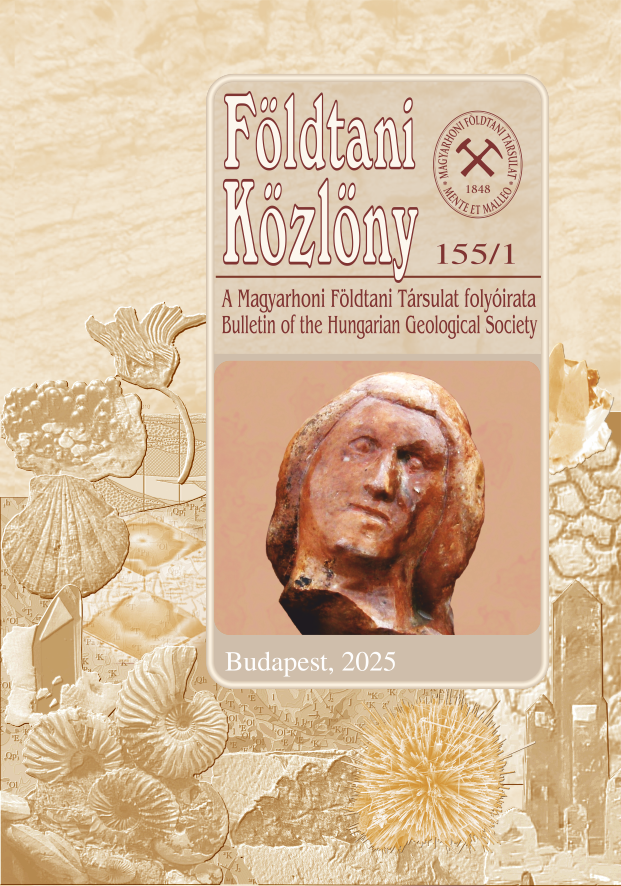Archeogeological observations at Egres (Igriş, Romania) Cistercian monastery, a royal burial place
Abstract
In 1179 Béla III, King of Hungary founded a Cistercian monastery dedicated to Blessed Virgin at Maros river in Egres village (Igriş, Romania), and his son, king Imre donated salt transport privilege for the monks. King András II and his second wife, Yolanda of Courtenay were buried (1235, 1233, respectively) in the basilica. A tragic Mongol invasion (1241) besieged and partly destroyed the monastery, later king Béla IV strengthened the walls. Since the 16th century, the southern area of Kingdom of Hungary was repeatedly attacked by Ottoman invaders; thus, the monastery was rebuilt to function as a military fortress. In 1551 Mehmet beylerbey besieged and destroyed the buildings, and the area was conquered by the Ottoman Empire over the following 150 years. In the 19th century the rocks were reused to build a new Orthodox church. However, after World War I, all materials of the cistercian monastery and church disappeared from the surface.
In 2013, a bilateral cooperation started between the Archaeological Department of Pázmány Péter Catholic University (Budapest) and the National Museum of Banat (Timişoara, Romania) to research the monastery. Since 2016, as a result of a systematic archaeological survey, a 56×18 m area of the basilica with tree apses, part of the cloister and over 400 graves were excavated. In 2017, from a mass grave of the Mongol Invasion, among human skeletons, horse bones and weapons, polished “red marble” statue fragments were found, which proved a Tatar herd destroyed the royal tombs. In 2019, in the “quadrum” of the basilica tumba fundaments of King András II and his second wife, Yolanda of Courtenay, were found.
Below the black soil, yellow clay deposits rich in mollusks of late Holocene age dominated by Valvata macrostoma and Gyraulus riparius were encountered. The gastropod fauna preferred shallow water environment, marsh and gallery forest. The walls of the monastery were built by bricks and hard, siliceous sandstones (Bozes Formation, Late Cretaceous). Miocene andesites were used for column bases, Miocene limestones and Pleistocene freshwater limestones for indoor columns, window frames, etc. In the mortars, few Triassic limestone fragments remained from the slaked lime. These rocks occur 80–160 km distance to the east in the Maros valley and the Apuşen Mts. As the quarries are near the river, appropriate rocks were transported by boats to Egres. Carved, polished white and red marbles decorated the little architects (altars, tombs, gate etc.). Most of the white marbles are from Precambrian metamorphic formations of the Southern Carpathians near Bucova (Romania) and some transported from Mediterranean areas. The so-called “red marble” rich in Bositra index fossils are from the Middle Jurassic Tölgyhát Limestone Formation (Gerecse Mountains, Hungary). “Red marble” transported by boats on the Danube from Süttő to Kalocsa and on the Tisza to Szeged. White marbles are reused spolia from the Roman ruins of antique Dacia. A rare found is an excellently preserved Fatimid rock crystal chalice fragments and is decorated by male cheetah. András II donated the Fatimid rock crystal chalice to the monastery.
















